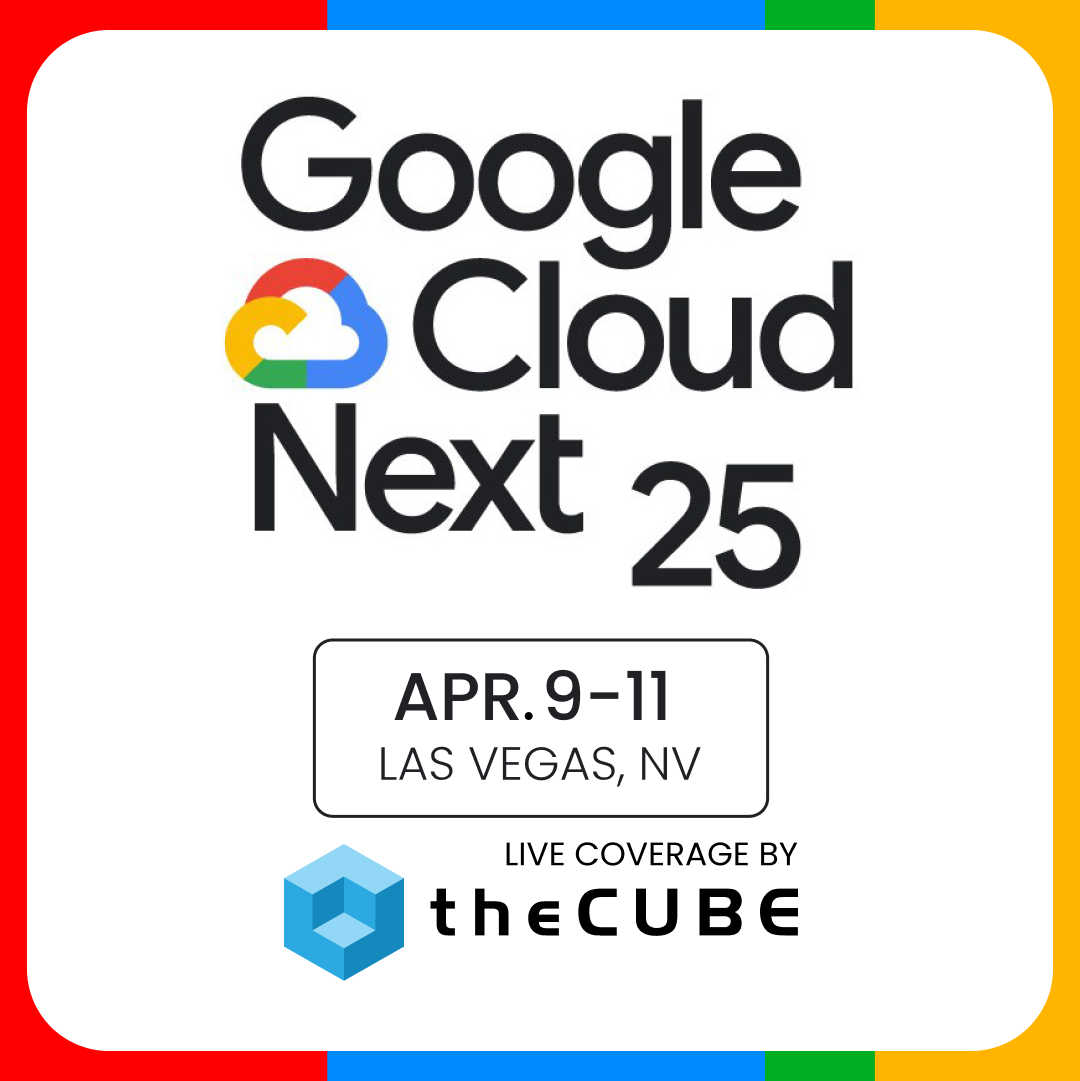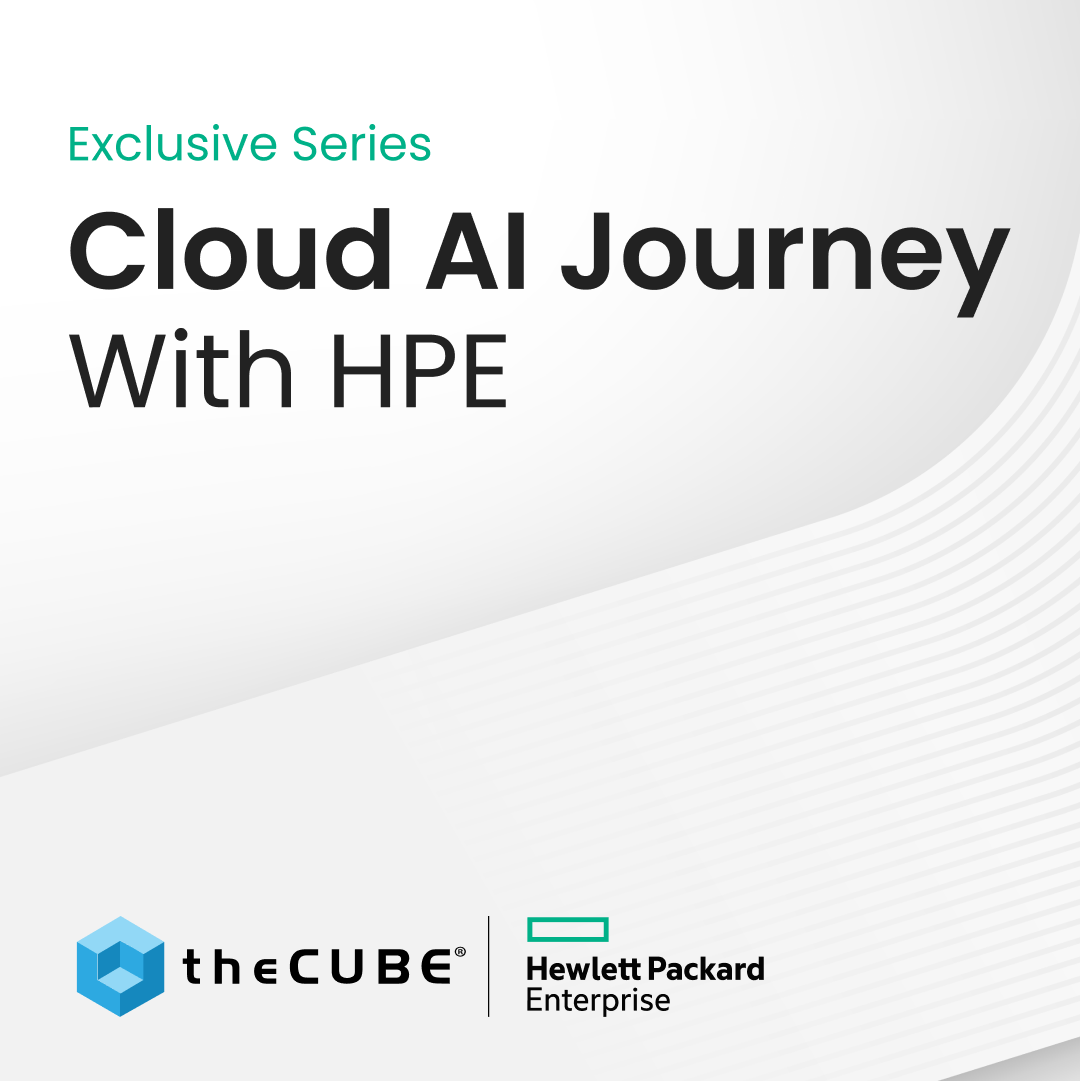Citrix CTO Simon Crosby: “VMWare Had Nothing To Do With The Cloud Trend. Their Strategy is Flawed”
![]() Simon Crosby CTO of Citrix Interview on Cloud and VMWare. Simon Crosby talked with me recently about the cloud and his views on VMWare. Specifically I asked him his views on VMWare. Simon knows what he’s talking about and is not afraid to speak his mind.
Simon Crosby CTO of Citrix Interview on Cloud and VMWare. Simon Crosby talked with me recently about the cloud and his views on VMWare. Specifically I asked him his views on VMWare. Simon knows what he’s talking about and is not afraid to speak his mind.
Here is the entire conversation. You can download the MP3 or listen via the embedded player below.
Enjoy the conversation. I know that I did.
Select notes from my conversation with Citrix CTO Simon Crosby
Talk about Citrix as compared to VMWare
Most people think of virtualization as hypervisor based virtualization. From Citrix’s perspective this is only one aspect of Citrix’s view of virtualization. Citrix is an application delivery company and having a set of tools of which fall into the virtualization category is handy. Virtualization of the hypervisor variety is just an emergent property of Moore’s law. It seem ridiculous to purchase a new server (from Intel) with a bunch of processors in them, and then to pay VMWare to be able to use all the capacity is just nuts.
Citrix view is that the layer of stuff should just be free. It’s a component of the stack. The value and the things to charge for comes from putting that layer of technology to work for some task for IT.
Citrix philosophy entirely different than VMWare. Citrix comes from the application delivery angle down. Having a hypervisor is an important component, but not the most important part. Citrix virtualizes the presentation layer, virtualizes between application and OS, virtualizes the user profiles, and dynamically compose virtual machines, etc.
It is really the dynamic composition of the IT stack on the fly based upon identifying who the user is, what the application is, where to run it, and how it should to run. This is where the composition notion becomes very powerful where virtualization plays a role – delivering the ultimate flexibility and the lowest cost of management.
What’s New In The Virtualization Market
It’s been amazing to see how rapidly the cloud thing has happened. The whole concept of Infrastructure as a Service (IaaS) clouds would not have happened where it not for Xen. Lets be clear about one thing. The cloud came from open source, and that drove the adoption of platforms like Amazon.
VMWare had nothing to do with the cloud trend.
It’s great that IaaS clouds are maturing their offerings and that CIOs are all talking about cloud deployments. What isn’t being talked about much though is the notion of handing out certain core competencies or IT tasks to 3rd party. Ultimately the cloud is about a labor issue.
CIOs are looking at moving their silo’d organization forward into something more dynamic. This is the big deal. There are two ways of moving to the cloud.
1) go down the internal private cloud path which requires retraining staff around the concepts of cloud
and
2) just start using public clouds and that has taken off in a big big way – big providers like Amazon.
Cloud is a big deal and it’s happening now.
On VMWare and Cloud
![]() VMWare is handing it’s stuff out at massive discounts to try to get into the cloud game. VMWare has a flawed cloud strategy. VMWare’s cloud strategy is flawed on two of their main assumptions:
VMWare is handing it’s stuff out at massive discounts to try to get into the cloud game. VMWare has a flawed cloud strategy. VMWare’s cloud strategy is flawed on two of their main assumptions:
VMWare Flaw #1:
VMWare say to the cloud that you have to run VMWare because the enterprise runs VMWare. The assertion is that the VMs created in the enterprise won’t run in the cloud unless the cloud is built on VMWare. If it turns out that the enterprise customer has to demand that the cloud vendors run on VMWare then the whole concept of the cloud is broken.
VMWare Cloud Flaw #2:
VMWare has a prescriptive notion of what the services are that one can offer in the cloud – they built the entire stack. This offers no differentiation and this means that most cloud providers (running on VMWare) will go out of business. If everyone goes off an builds a VMWare based cloud the ones that will succeed are the ones that can build the biggest cloud the fastest.
I don’t see any viable opportunities for cloud vendors if all of them are offering a homogeneous set of services designed by one company called VMWare. That whole concept is broken.
In general, what Citrix is trying to do is provide a rich palette of service functions that cloud providers can expose and then decide which ones to expose to their customers. Moreover, Citrix is actively working on architectural structure with various clouds and vendors to enable enterprise class cloud service then have been possible in the past.
Security Feature on VMWare – VMSafe Is All Nonsense
There isn’t a single vendor that can use VMWare’s security features. VMSafe can inspect packet flow, inspect block IO, and inspect memory of any running guest. The black hat community has documented that ‘cracking’ the memory of a guest will open up the entire jewels of every guest on the hypervisor. This is a big problem for VMWare’s security model.
VMWare unveiled VMSafe over a year ago and no one is using it.
Should Cloud APIs be standardized? If there was a standard then all the clouds would look the same. Why would the cloud vendors want that? Also the internals of each cloud vendor is different and differentiated.
Where is the value added?
Goal is more security and more performance. That is to push functions to the hardware. The software role of the hypervisor will decrease with better faster hardware. Soon IO bottlenecks are going away completely, and the hypervisor simply becomes a provisioning entity and scheduling entity with very light interactions with the guests. It’s a new locus for injection of policy for the dynamic control and securing of workloads in the infrastructure.
Challenge for Virtualization
![]() The big challenge for virtualization is to get up and out of the IT mindset. Think about it the whole concept of virtual machines. It’s an IT administrator thing – around a “M” a machine to manage. At the end of the day the IT job is to deliver applications, and those applications today are sophisticated things composed of multiple runtime entities or multiple virtual machines.
The big challenge for virtualization is to get up and out of the IT mindset. Think about it the whole concept of virtual machines. It’s an IT administrator thing – around a “M” a machine to manage. At the end of the day the IT job is to deliver applications, and those applications today are sophisticated things composed of multiple runtime entities or multiple virtual machines.
The delivery of the applications is all about the successful and correctly deploying and aligning and assuring the availability of resources for the entire application. People have to get out of the notion of single machine mindset and into the concept of an application as a unitary thing that gets managed though its’ lifecycle of the infrastructure.
Next big step up is to understand the metadata that wraps around an application – how it configured, where it runs, what access to storage and networking, how it is secured, and to holistically managed through its’ lifecycle. This is where the game is changing.
Ecosystem Game – Citrix Will Buy Right Company and Partner With Others
Citrix will buy companies that have important features that Citrix customers want. Other areas they are open to partnering. Citrix is a multi-vendor player. Security is top priority and partnering with folks who are core in that is Citrix’s goal. Citrix is a very open company.
Opportunities
People building hardware have an opportunity to build hypervisor on the board. In general storage is far from done. The big area where there will a glorious fight over the next few years will be networking.
The last hop switch is now on the server and that presents a challenge to the incumbent players (like Cisco) because their value prop has been the last hop and implement all the IT services layers. Given that the old networking companies are not the last hop, gives an opportunity to new players. New players can come in and do way cool things in networking that were not possible because barriers to enter that market have in past been high. Those barriers are now reduced.
A message from John Furrier, co-founder of SiliconANGLE:
Your vote of support is important to us and it helps us keep the content FREE.
One click below supports our mission to provide free, deep, and relevant content.
Join our community on YouTube
Join the community that includes more than 15,000 #CubeAlumni experts, including Amazon.com CEO Andy Jassy, Dell Technologies founder and CEO Michael Dell, Intel CEO Pat Gelsinger, and many more luminaries and experts.
THANK YOU















